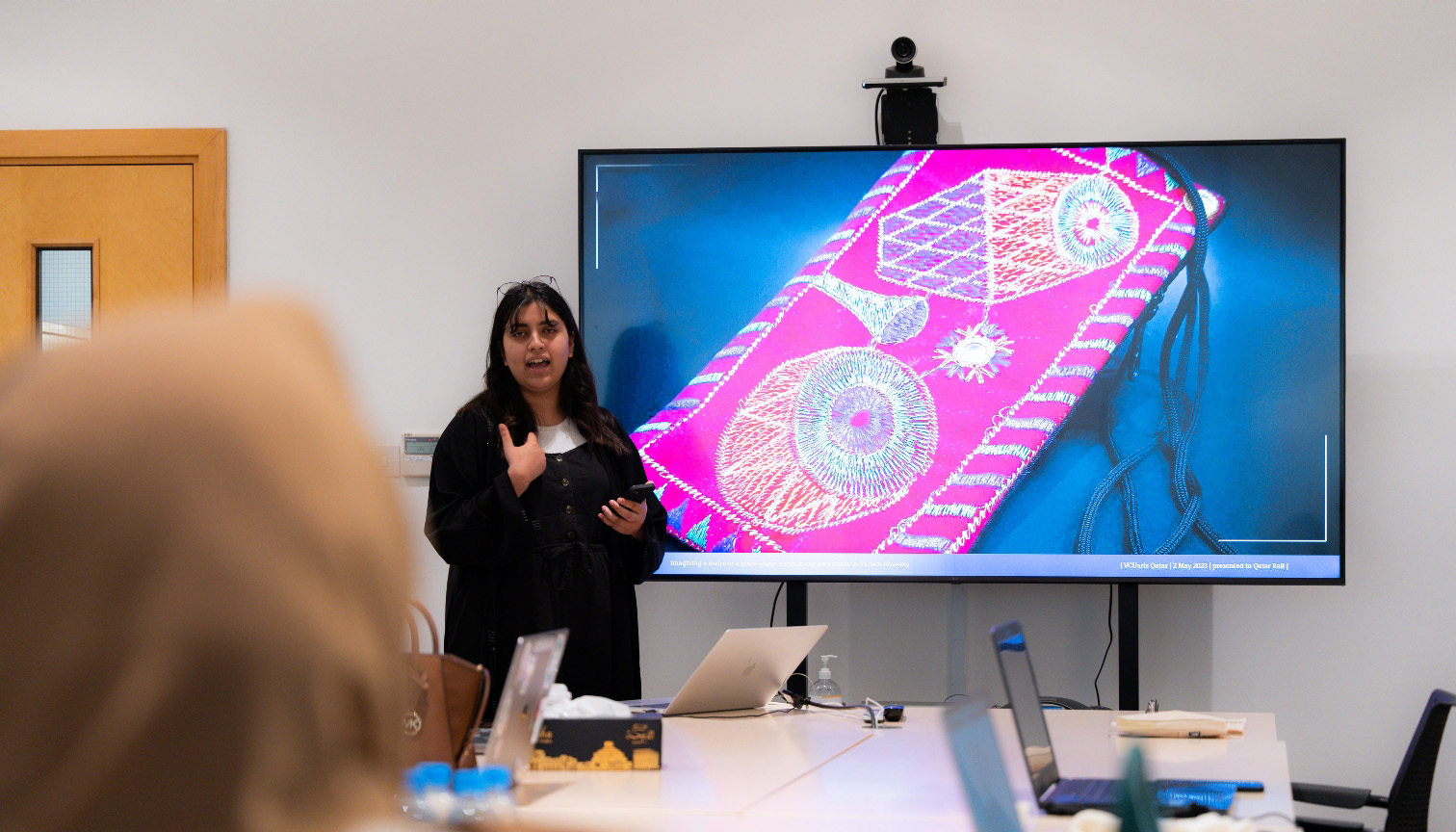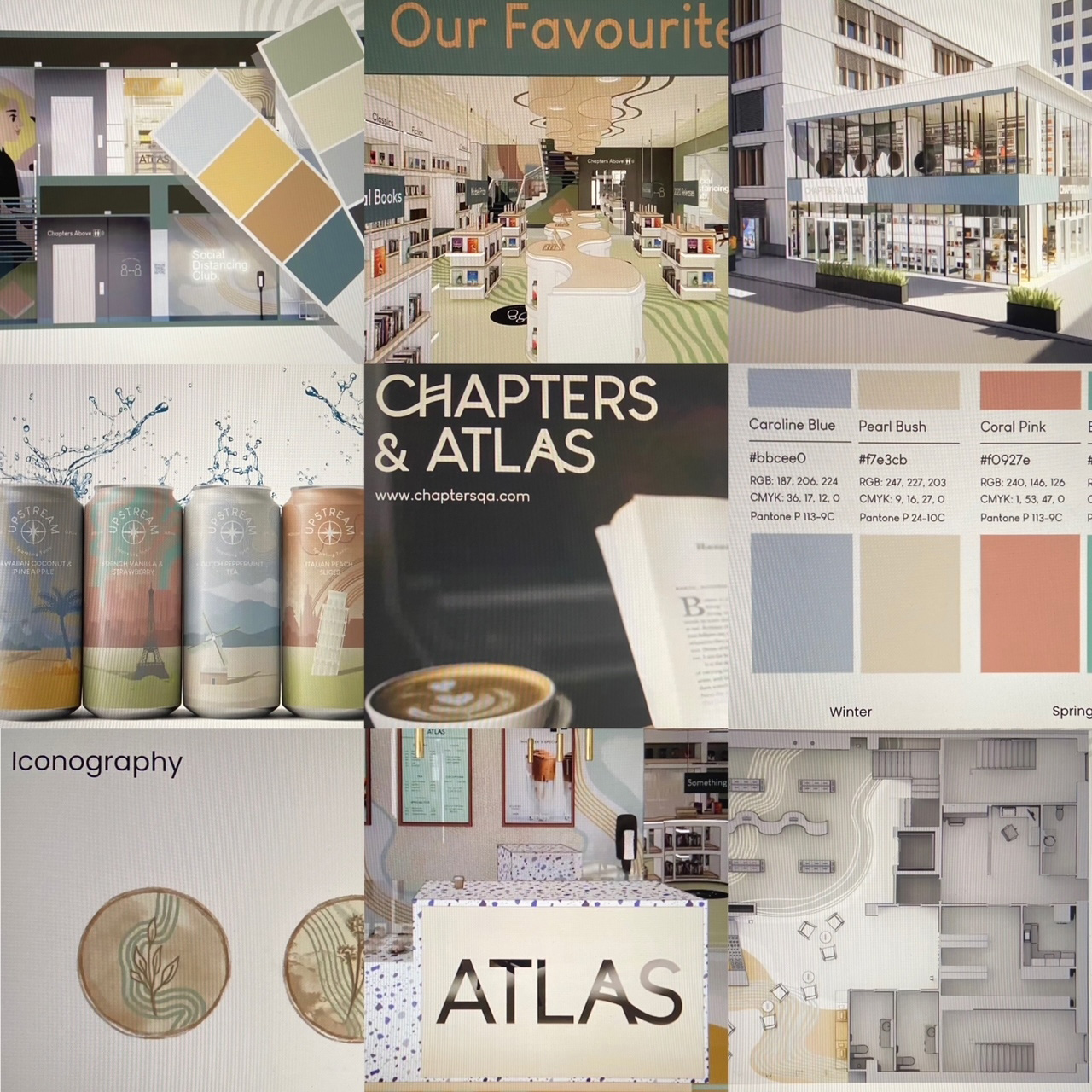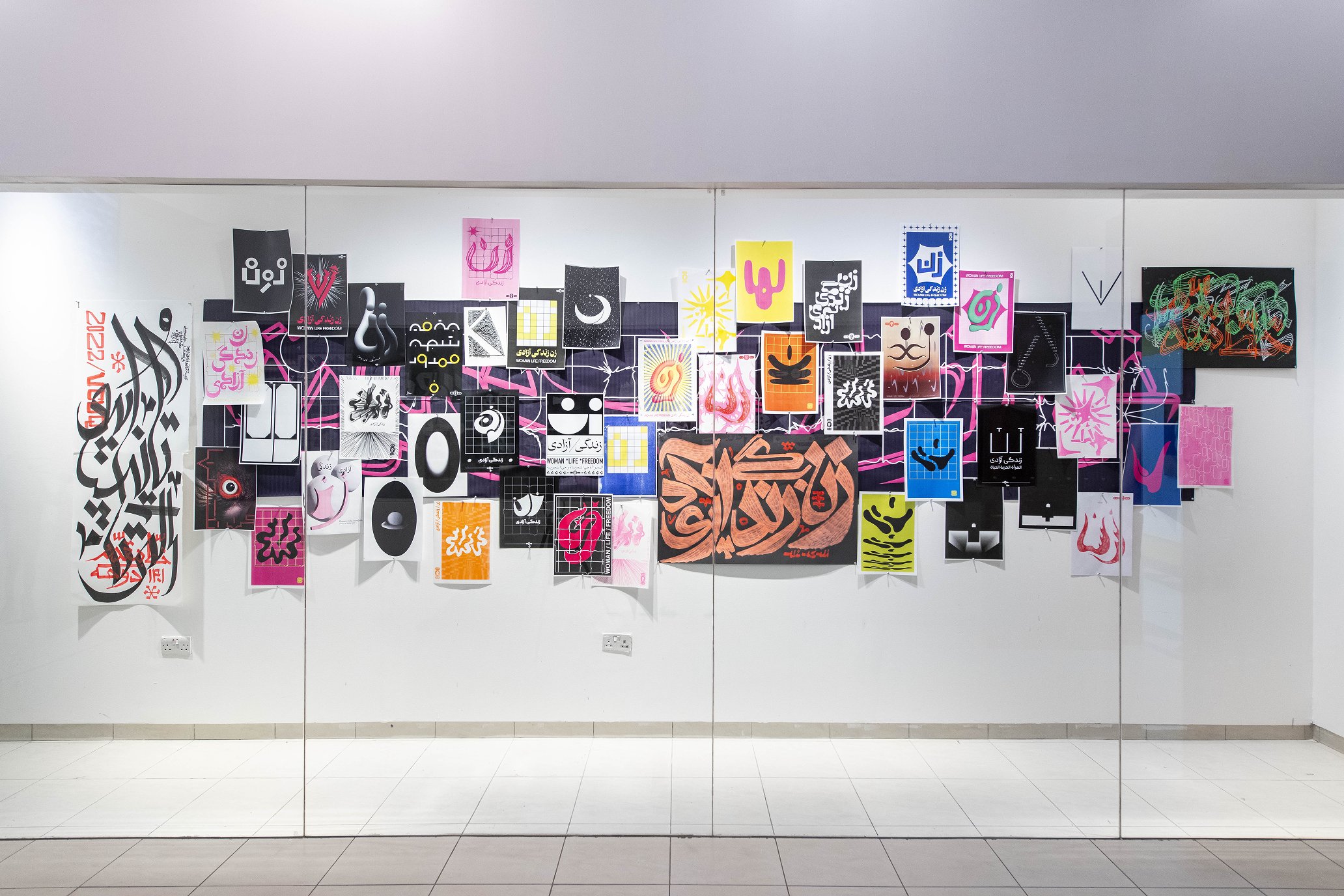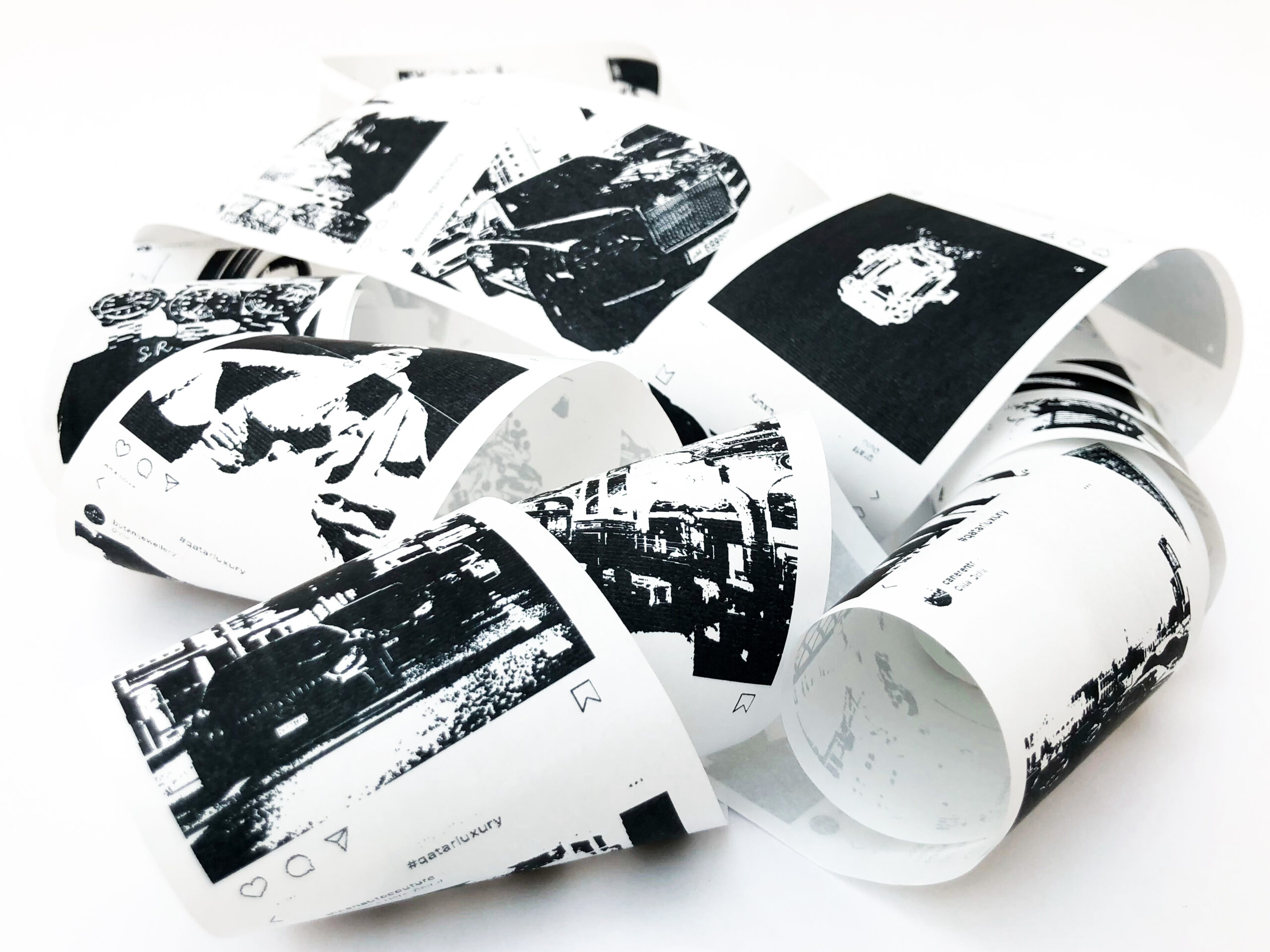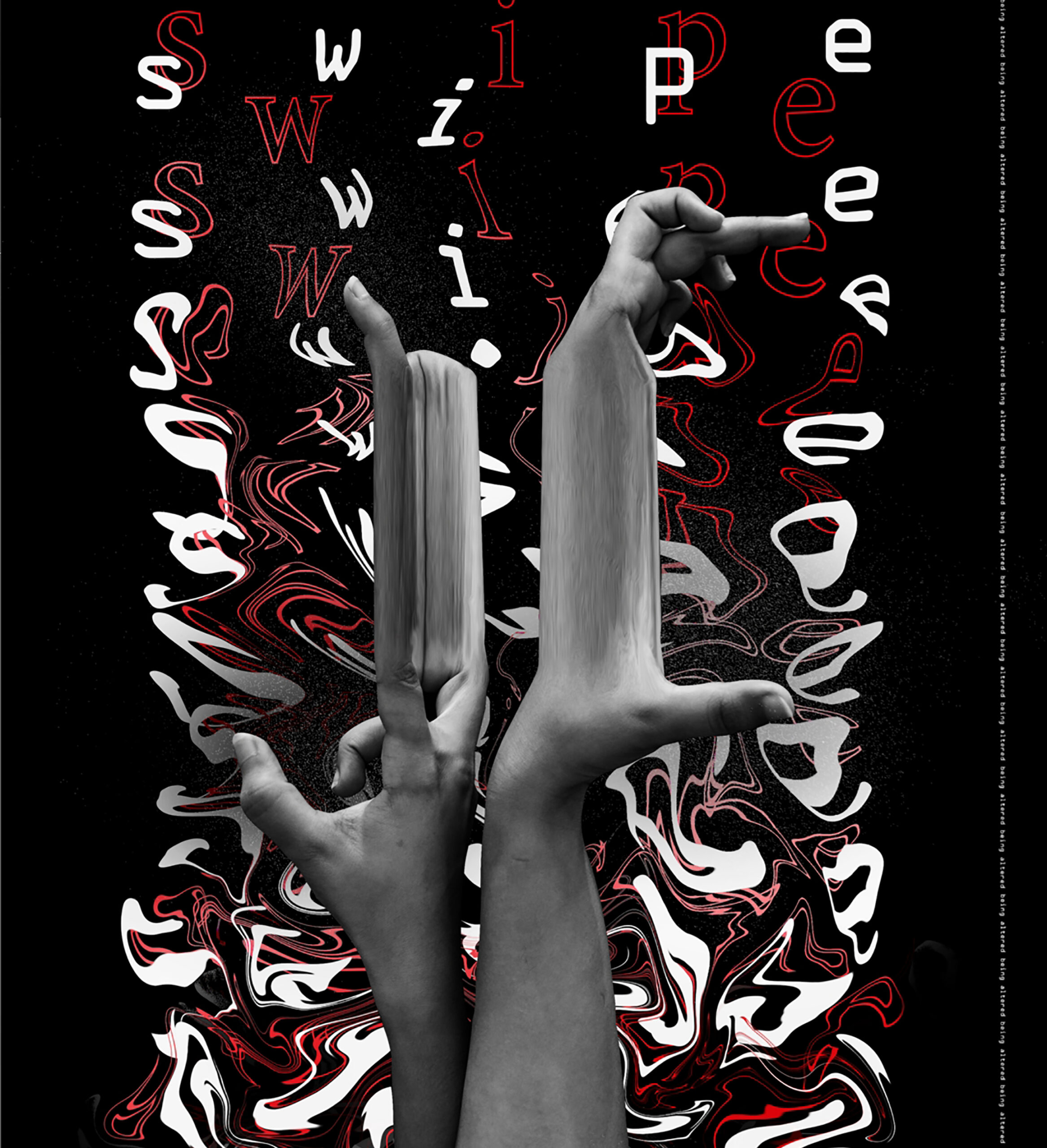- Academics
- Admissions & Enrollment Services
- Research
- Academic & Creative Spaces
- Strategic Partnerships
- Our Impact
- Student Affairs
- Campus & Community
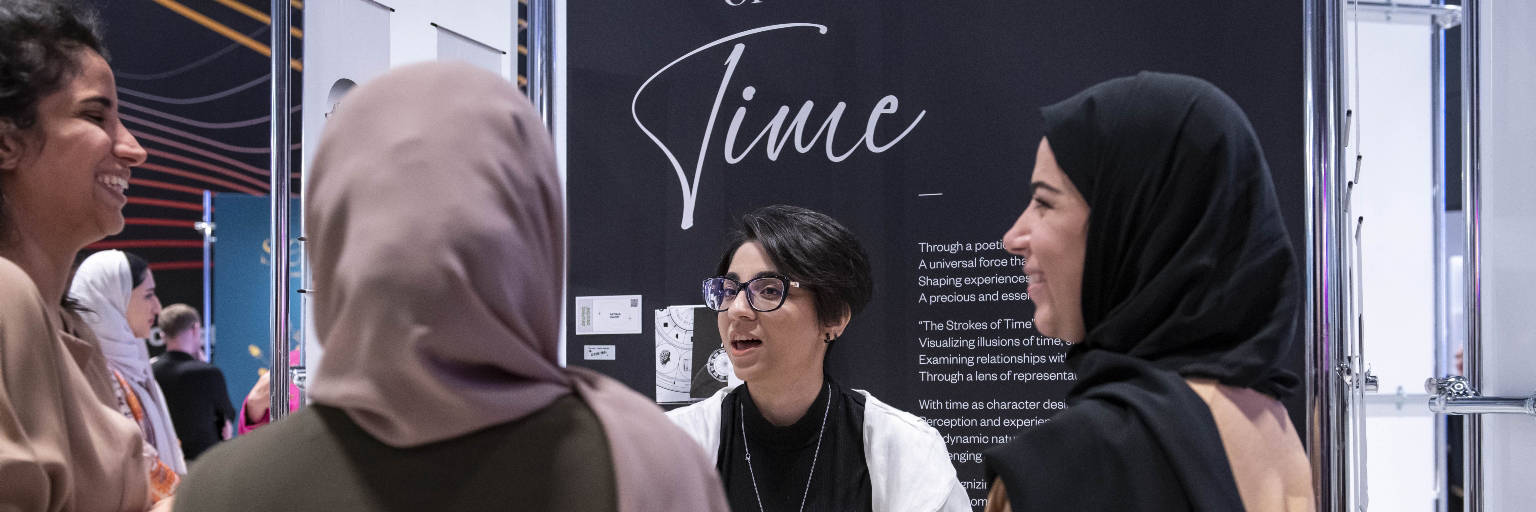
Graphic Design (BFA)
Overview
The Department of Graphic Design champions agency through the competencies of collaboration, research, making and cultural literacy. The department believes in responding to the reality of our time and that design is activated by content, condition and impact. Further, that design exists in a continuum: The study of the historical past as it informs the now strengthens design’s ability to strategically speculate on future forms, languages and systems.
The department provides an education that values the inclusion of diverse backgrounds, skill sets and experiences. Students develop acuities to communicate effectively through visual and verbal representation, and are prepared — as individuals and collaborators — to be practitioners not limited by the confines of current professional practices.
Who are we?
We are a community of makers, researchers, collaborators, activists, artists, and cultural strategists who apply our design thinking to not only make things and communicate ideas, but to make the world a better place as well. We visually communicate the past and present and love to speculate about the future.
Our students seek to understand communication problems through critical thinking and creative problem-solving. They are encouraged to be designers who can combine technologies and traditional crafts to create contextually relevant, visual communications. They manage, structure, and embed information in ways that lead to the desired response from an audience.
Why study Graphic Design?
Graphic designers work with various mediums including print, web, interactive design, video, and various forms of three-dimensional and experiential design, to deliver precise communication to a targeted audience.
Our graduates are skilled specialists in print, web, and multimedia who can apply strategic thinking to several professional careers where visual communication is required. The program is committed to addressing the role of design in a multicultural and multilingual contemporary Arabic context and provides a creative learning environment for this purpose.
What skills will you gain in this program?
The BFA in Graphic Design program helps students develop a comprehensive understanding of the principles of design, theories of communication, sustainable practices, and strategies for problem-solving.
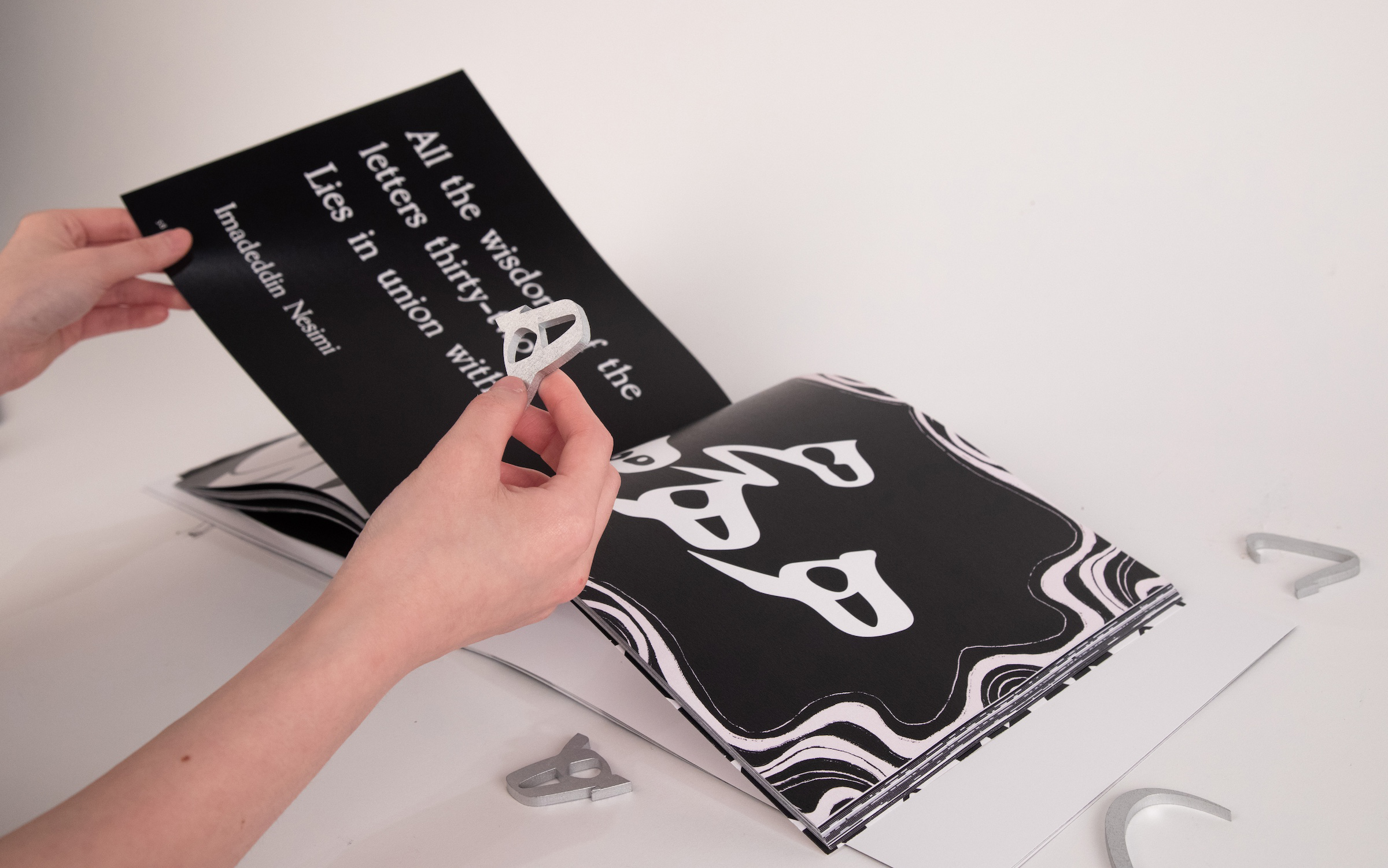
Curriculum
The Graphic Design curriculum builds upon a range of analytical, sensory, and technical design experiences.
All new students who choose a BFA pathway first need to complete a one-year Art Foundation program.
Sophomores (students in their second year of study) explore visual principles of form, image, colour, and typography and begin to collaborate with juniors.
The junior year (the third year of study) focuses on conceptual thinking in areas such as communication theory, visual systems, and information design.
During senior year (the fourth year), students are trained in design applications, with a range of electives available to expose them to specific areas of graphic design practice. Finally, juniors and seniors have opportunities to pursue professional internships over the summer or during the semester.
In addition, all of our students complete a Liberal Arts and Sciences core curriculum. High-achieving students will also be invited to follow our Honors program to supplement and enhance their education.
The culmination of a student’s BFA journey is VCUarts Qatar’s annual BFA + MFA Exhibition where projects created by the graduating class are showcased and celebrated with the wider community.
For further information on the program’s structure, please visit the links below:
Some of the program’s modules
Core Studio (I, II, III, IV)
You will explore the diverse factors that designers consider while working on projects. You will study the impact that materials, language and design processes have on your outcomes. You will learn to adapt individual concepts to the scale, context, and conditions that a project requires. Finally, you will measure impact by analyzing distribution and audience engagement.
Inquiry (Theory, Precedents, Critical)
Modern graphic design evolved from centuries-old creative processes. In these modules, you’ll explore the theory, philosophy and histories that continue to influence this specialization. Through research, analysis and discussions, you will reflect on your emerging practice and its relation to contemporary fields.
Multi Studio (I, II)
This module teaches you to research, work and create in teams. Through discussions and presentations, you will learn to network, present ideas to potential clients, and build creative partnerships.
Career Options
Upon graduation, most of our students enter the design industry or pursue graduate programs in related fields. They explore a wide range of careers in sectors such as:
- Agencies and design studios
- Exhibitions and events
- Healthcare and health promotion
- Commercial and non-profit organizations
- Governmental organizations
- Entrepreneurship (start their own design practices)
Our students are hired by:
Qatar Museums, Qatar Airways, Arab Engineering Bureau, HBKU, Al Jazeera and Al Jazeera Kids, Blueprint, Doha Film Institute, Film House, Katara Hospitality, Qatari Diar, ASHGHAL, QF, FROMM, Msheireb Properties, Doha Design District, HOK (one of the largest architecture firms in the US), Qatar Olympic Committee, and many others.
Our People

Astrid Kensinger
Chair of Graphic Design

Basma Hamdy
Associate Professor

Law Alsobrook
Associate Professor

Leland Hill
Assistant Professor

Maryam Al-Homaid
Assistant Professor

Michael Hersrud
Associate Professor

Mohammad Sharaf
Assistant Professor

Peter Martin
Assistant Professor

Reem Al-Thani
Adjunct Faculty

Bahia Chehab
Adjunct Faculty

Reham Ahmed
Designer in Residence
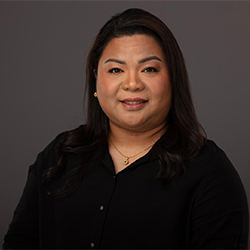
Nishi Arlyn Rafols
Administrative Business Specialist
Student Experience
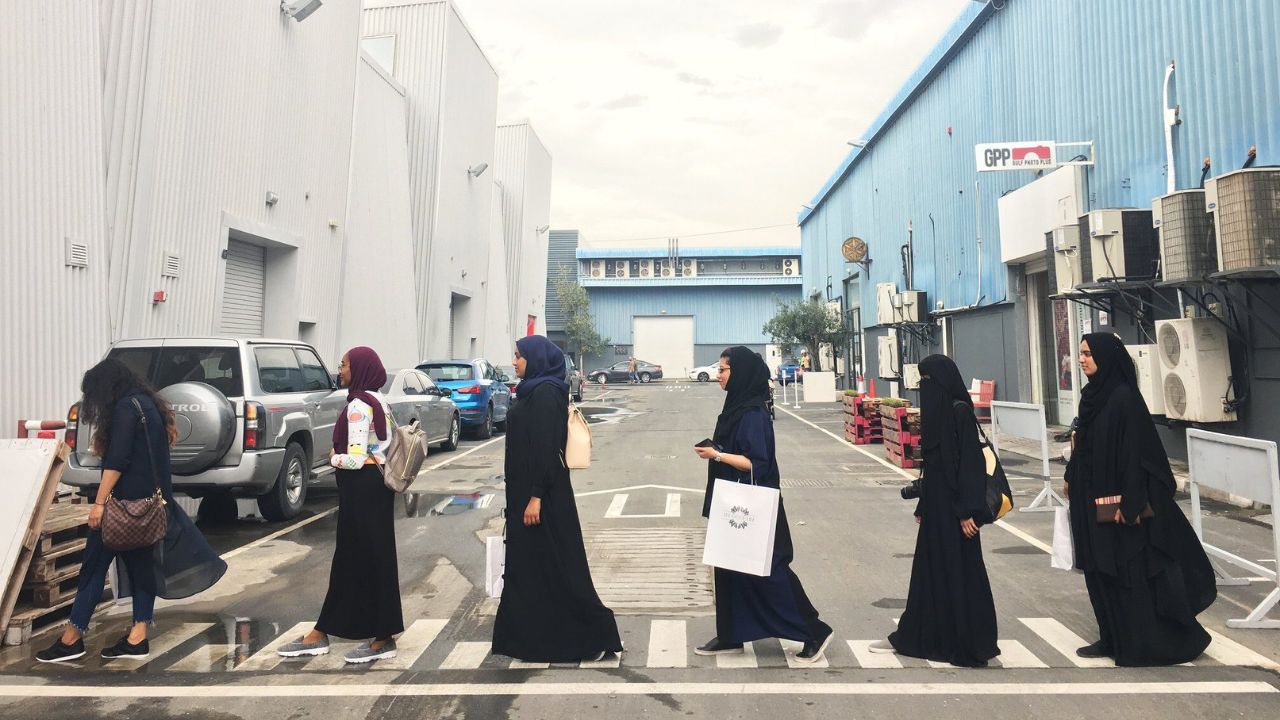
Field Studies
The Graphic Design department is uniquely fortunate in its ability to visit and learn from designers and teachers from around the world through field study opportunities. Each year, a small group of students may attend a design conference, participate in a workshop, or even have the chance to be a part of a once-in-a-lifetime event, somewhere in the world that advances the cultural exchange of knowledge between our students and their world. Past trips have included visits to design centers in Thailand and Malaysia, print workshops in Lebanon and Italy, as well as design conferences in Germany, Denmark, and Japan.
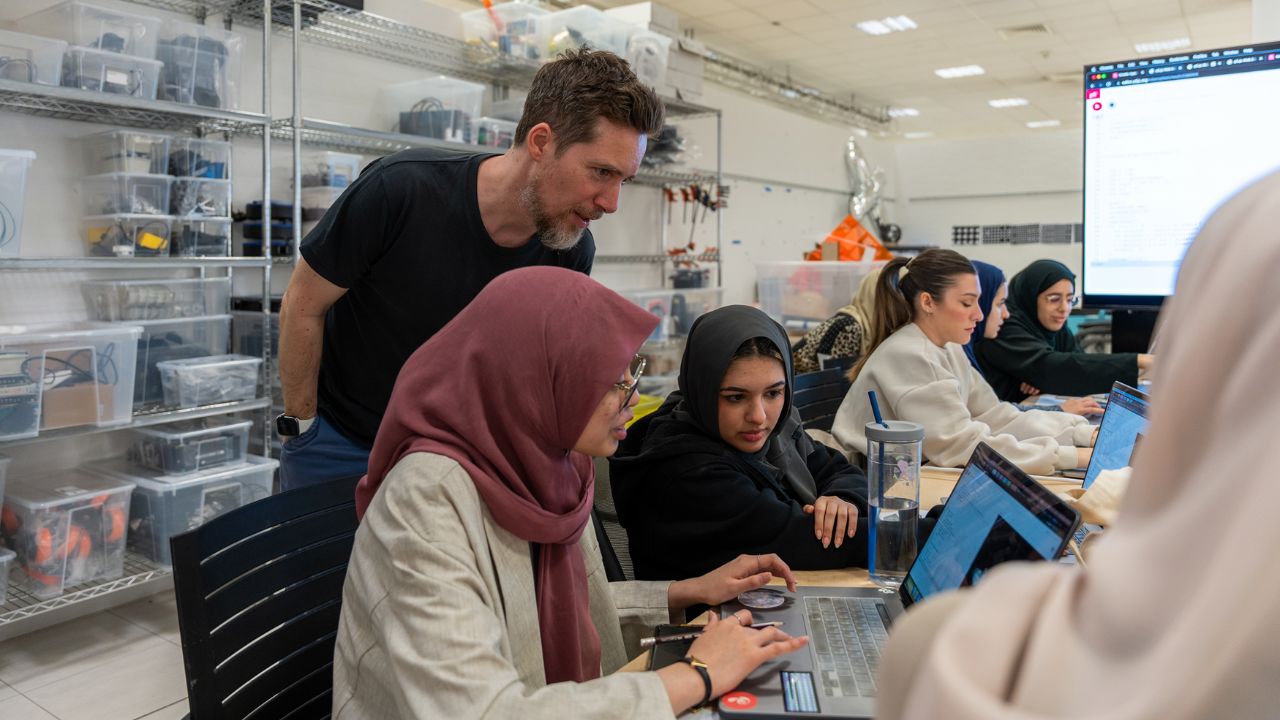
Visiting Designers
Each year VCUarts Qatar welcomes visiting artists and designers to campus to share their expertise and experiences through lectures, conferences, or specific workshops. Drawn from across the globe, these artists, designers, and educators are highly accomplished and recognized within their respective design fields.
Here are just a few of the artists and designers who visited our Graphic Design program in the past:
Aly Khalifa, Bruce Mau, Chris Jordan, David Gibson, Dawn Hancock, Ida Vesterland, Irma Boom, John Kortbaoui, John McMillan, Jonathan Barnbrook, Mario Gagliardi, Mikon Van Gastell, Mohammed Harib, Nicholas Blechman, Reza Abedini, Robert Bringhurst, Sadik Karamustafa, Saki Mufundikwa, Stefan Sagmeister, Stephen Banham, Suna Kjems, Thomas Milo, and more.
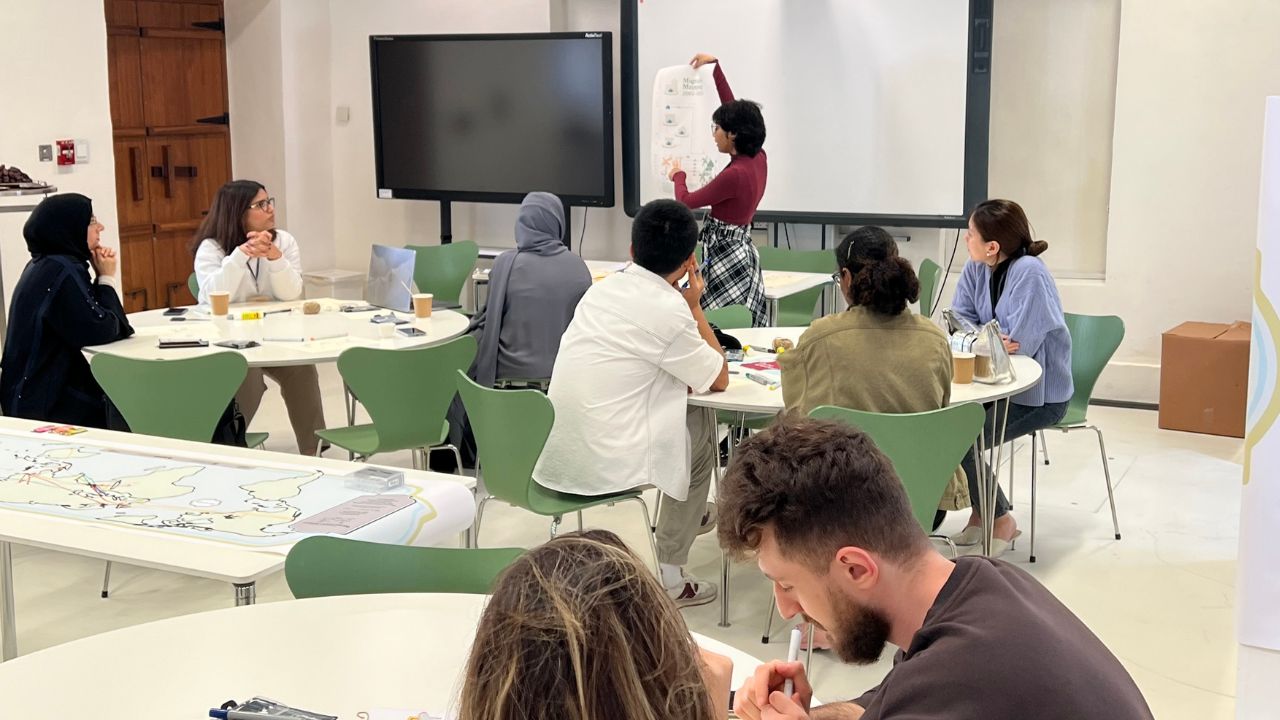
Internships or Practicums
More than just an internship and unique to our department, Practicum, as a course for variable credit, offers students an opportunity to gain practical experience in design and research, under the supervision of qualified practitioners. The aim of Practicum is to prepare students for the contemporary and future practice of design and research. This includes gaining experience in a design-related endeavor outside of the classroom, building a focused understanding of the specifics of situated design practices, as well as practicing the interpersonal skills necessary to function within the context and scope of the work. While these opportunities are generally unpaid, they may lead to sponsorship or employment after graduation.
Presently, there are three pathways available for students to explore an area of interest:
Internship Pathway
Practicum can take the form of traditional internships where a student is physically present at a company or organization OR works remotely for a company or organization.
60 hours (2 credits)/ 90 hours (3 credits)/120 (4 credits)
Research Pathway
Practicum can take the form of traditional internships where a student is physically present at a company or organization OR works remotely for a company or organization.
60 hours (2 credits) / 90 hours (3 credits) / 120 hours (4 credits)
Community Pathway
Practicum can be used to embark on a community design project, where the student identifies and volunteers a design solution under the supervision of a community supervisor.
60 hours (2 credits) / 90 hours (3 credits) / 120 hours (4 credits)
BFA Graphic Design in 30 seconds

It’s the kind of teaching that is inspiring. It’s empowering. And that’s what education is all about.
Shima Aeinehdar, GDes Class of 2022

I had no idea that there were so many specializations in art and design. Nor did I know that there were so many applications of design in daily life. When I saw the products that Faheem made during his undergraduate and graduate studies, the engineer in me was amazed at the practicality of those designs.
Parent of Faheem Khan, GDES Class of 2019
Meet our Alumni
Our alumni are leaders in the local creative economy, working in Qatar Museums, Qatar Foundation, Doha Design District, in agencies and studios, in ministries, and as academics and freelancers. Many alumni have continued their research and academic journeys, attending some of the top graduate programs around the world.
Read their inspiring stories here!

Qatari female artist Bouthayna Al Muftah unveils Official Poster for FIFA World Cup 2022™
Graphic Design alumna Bouthayna Al Muftah designed the Official Poster for FIFA World Cup Qatar 2022™. For the first time, a series of posters, eight in total, were developed for the tournament – and all were designed by Bouthayna.

Moin Akhtar’s 71st birthday
On December 24, 2021, a doodle by Graphic Design alumnus Hazem Asif welcomed viewers to the landing page of Google. The artwork was exclusively designed by Asif for Google to mark the 71st birthday of Moin Akhtar, one of Pakistan’s most loved actors, comedians, and entertainers.



